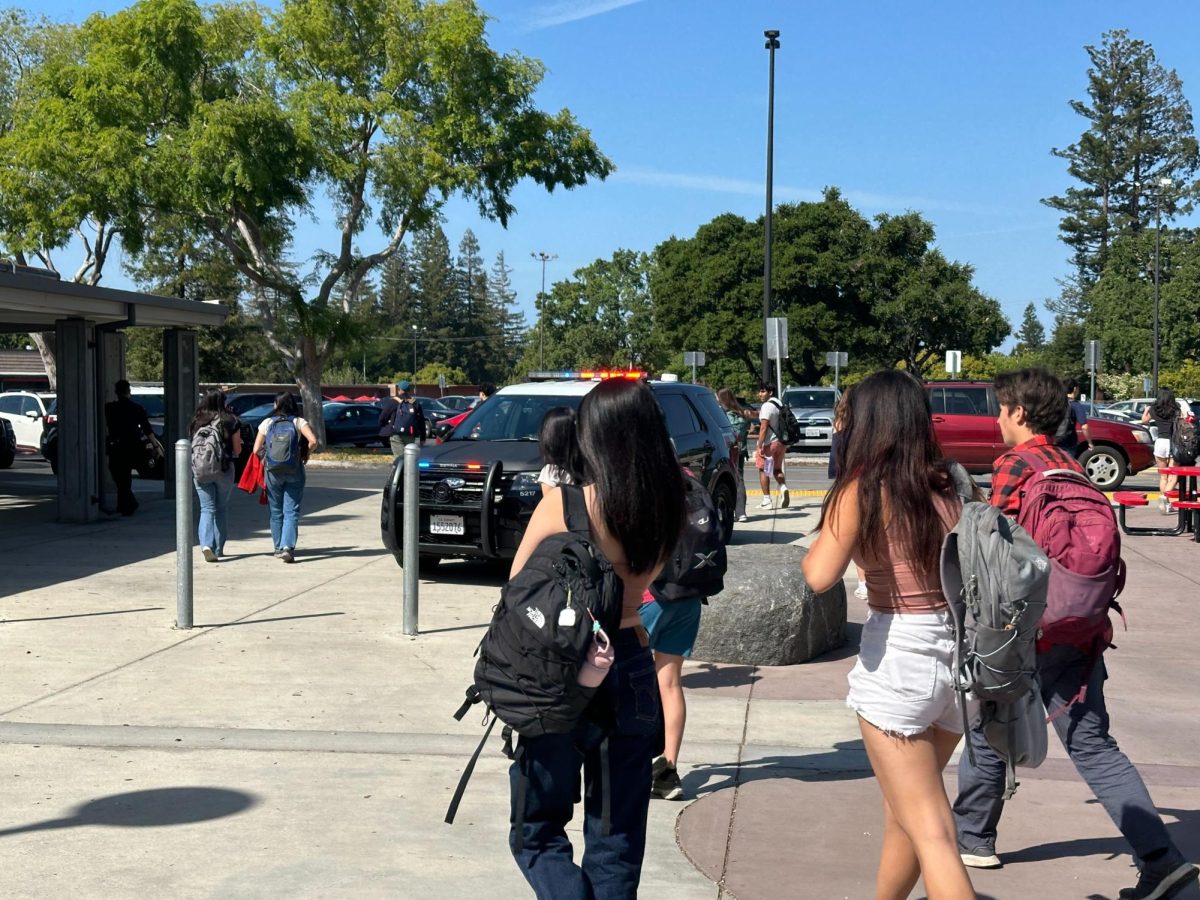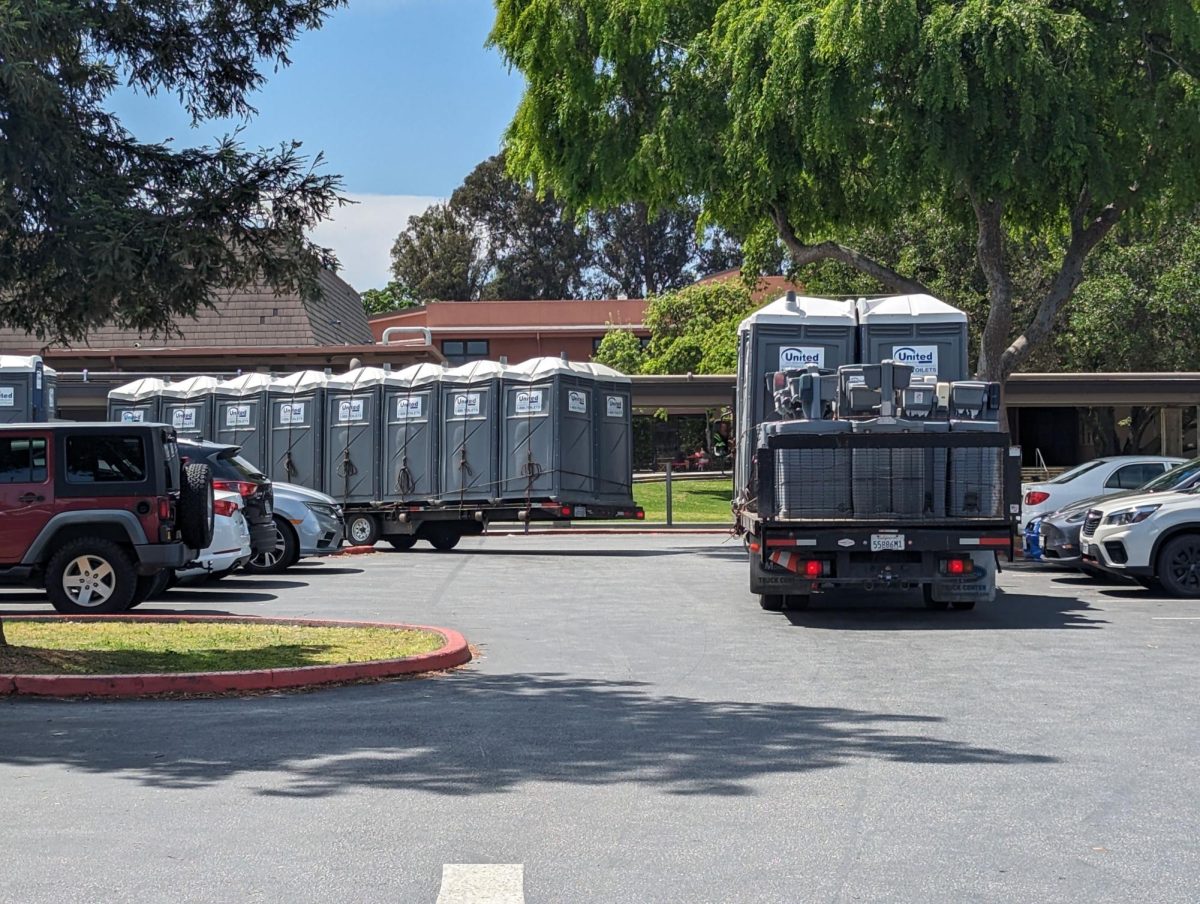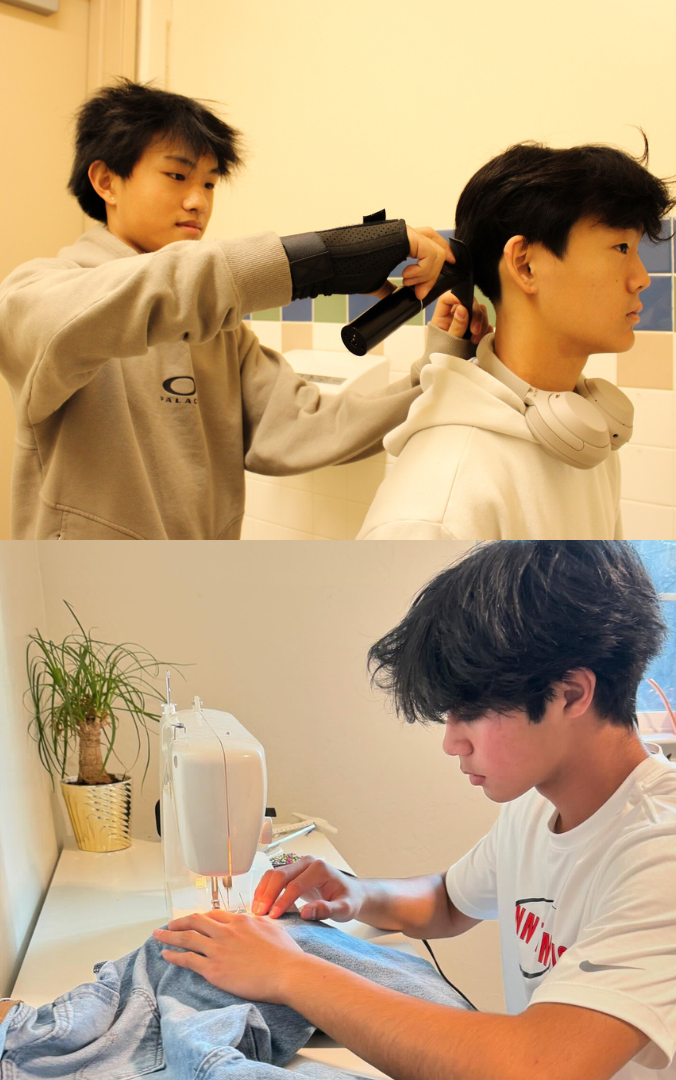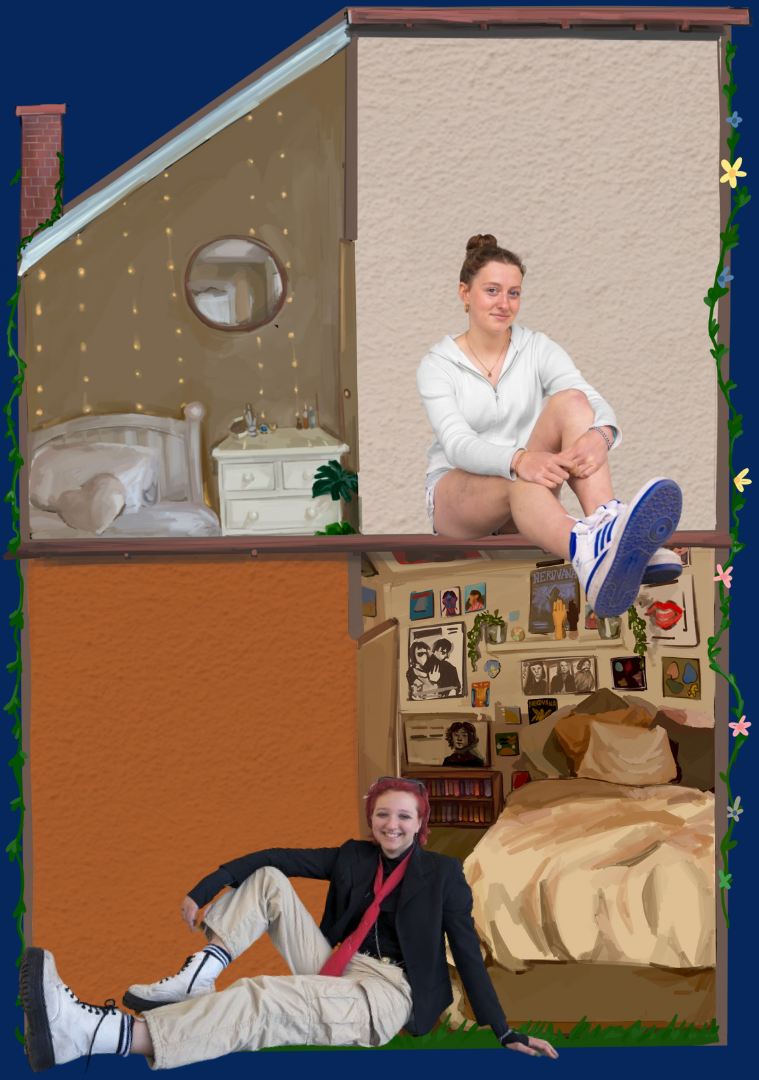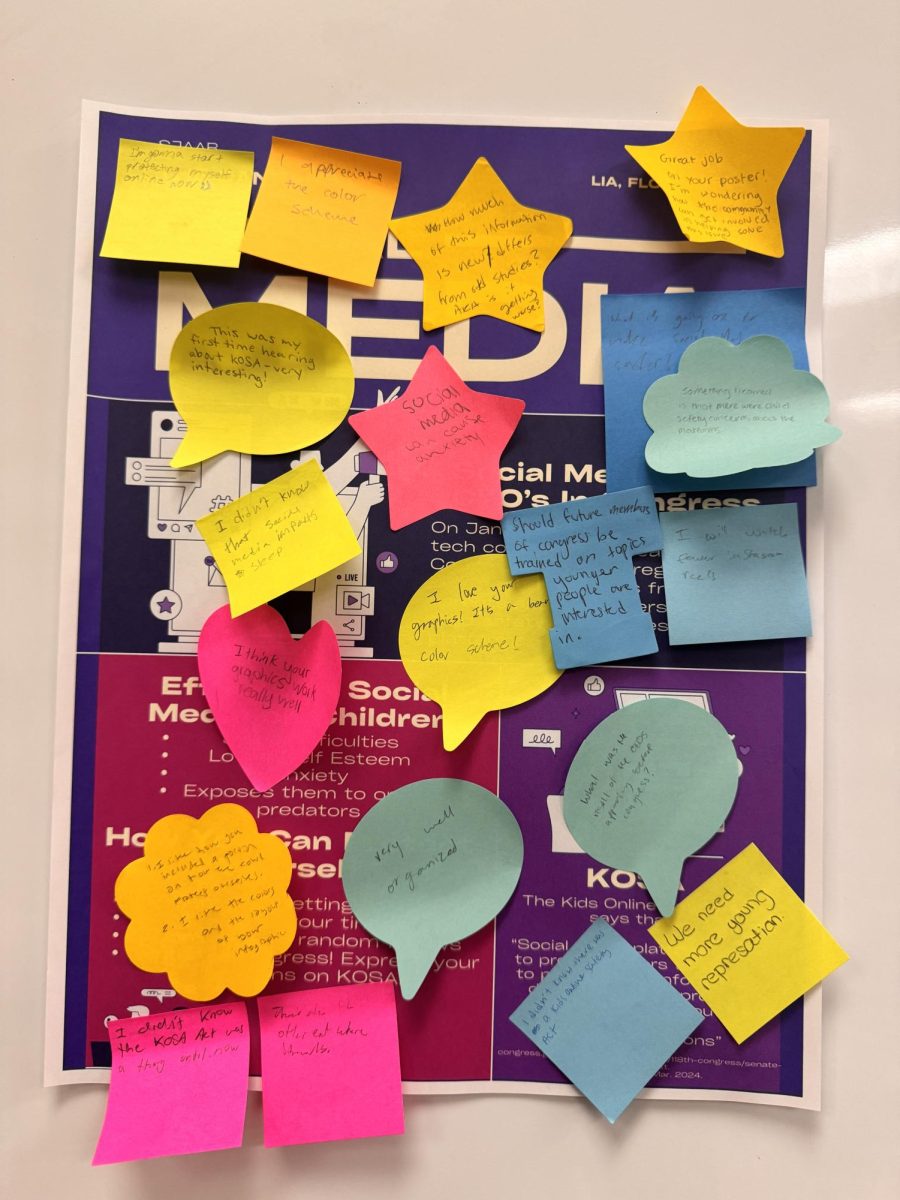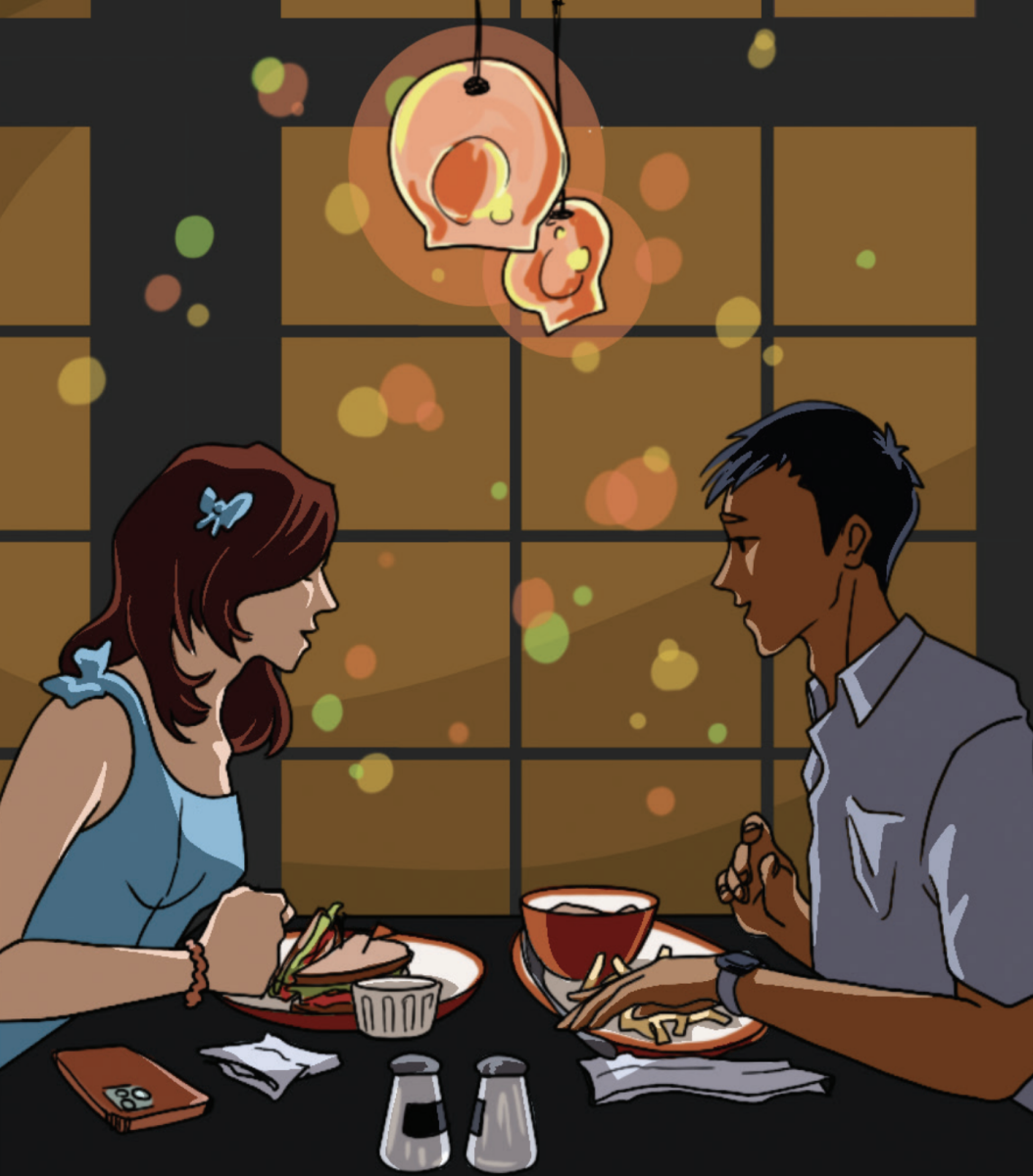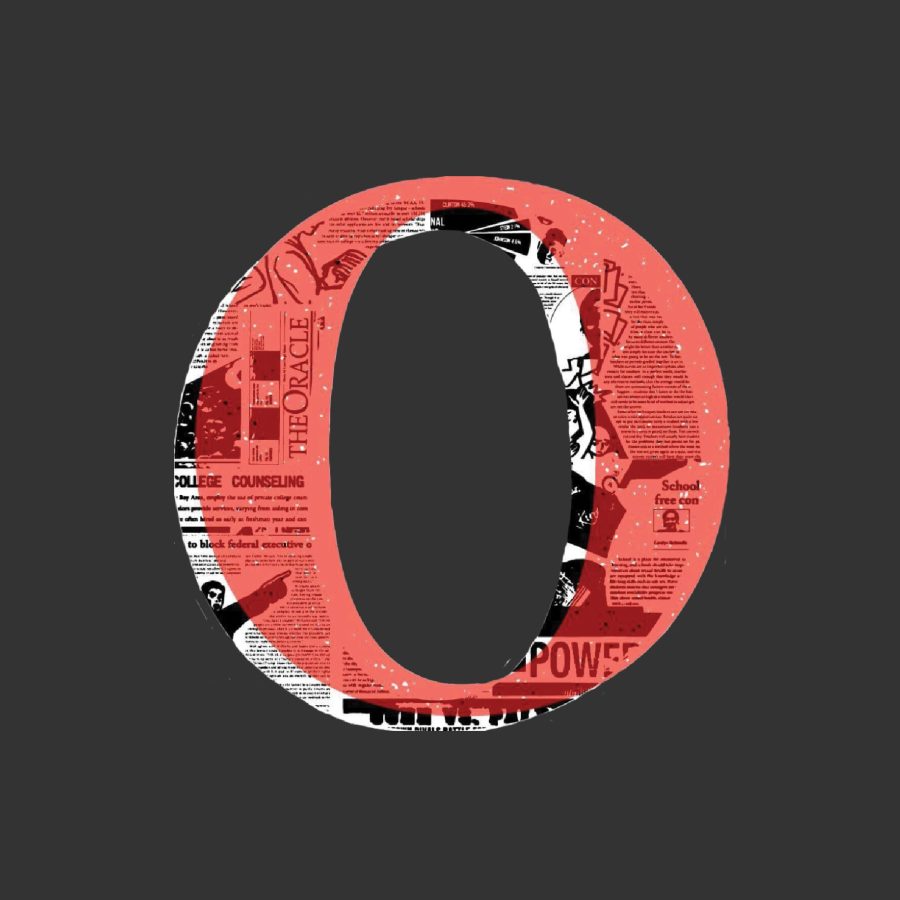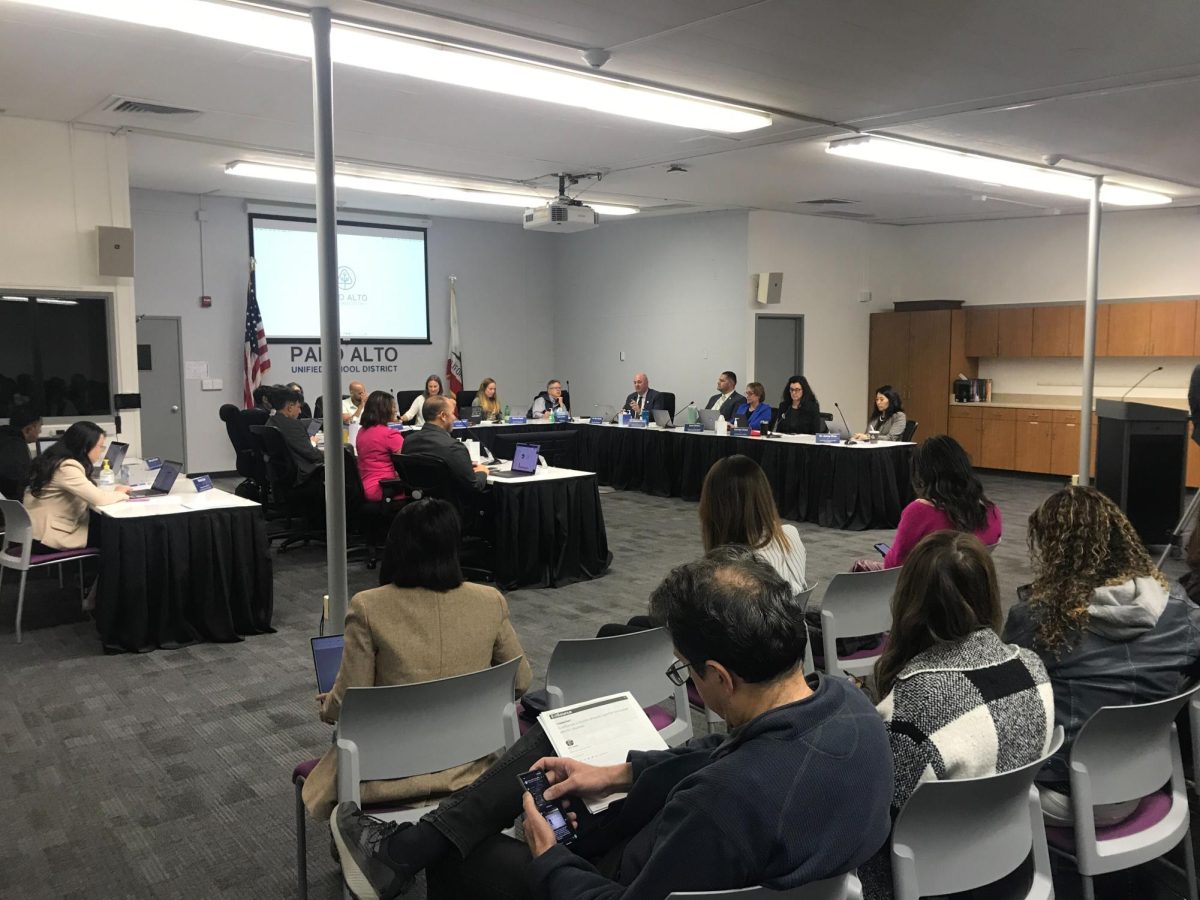Written by Joyce Shea
The first part of Palo Alto’s Bike Boulevard Project’s Phase 1 has sparked controversy among its residents. The $9 million project was approved in 2014 and commenced the fall of 2017. Speed humps, traffic islands, and curb extensions will be added to seven miles of streets in residential neighborhoods and near schools, along with trees and green stormwater infrastructure. However, construction forces bikes and cars onto a narrow lane, and low planter boxes jutting into the street threaten to trip inattentive cyclists. A lack of communication in the beginning over development has angered commuters.
According to the city of Palo Alto’s website surrounding Neighborhood Traffic Safety, making a single narrow lane for both bikes and cars will force motorists to drive more slowly and safely. Heavier traffic will encourage commuters to detour from neighborhoods, making the air around Palo Alto cleaner. Planners hope that their efforts in creating a bike-friendly city will double the number of cyclists by 2019. Sylvia Star-Lack, the Safe Routes to School Coordinator for the City of Palo Alto, helped advocate for these changes. “It used to be that people would speed on Ross Road and it’s definitely slowed down the traffic,” she said.
Star-Lack, who uses the new bike boulevard twice a week, acknowledges that many people are upset with construction, but reminds that others have benefited with the change in pace. “We’re also getting letters from people who live on Ross who say, ‘I can finally back out of my driveway again,’” she said.
However, as development began, the Ross Road morning rush was far from this ideal. A long line of cars crammed the narrow roundabout at the end of the street, and middle schoolers crowded the sidewalk. Traffic gradually calmed, but there are still mixed reactions surrounding the project.
TRC Coordinator Dennis Ochoa commutes to the YMCA Monday through Friday, leaving at 7 a.m. for work. He doesn’t see any improvements made by the new construction. “Ross Road was fine, it was pretty wide, it had enough room for everyone,” he said.
Senior Moe Hara, who bikes to the YMCA three times a week, thinks otherwise.“A lot of drivers drive really fast, and it’s really dangerous, especially when I go with my brother,” she said. “The project actually solved the problem because they can’t go fast now.”
The road has become safer for her because not as many people commute through it anymore. “It doesn’t have any traffic,” she said.
Like Hara, Gunn alum parent Penny Ellson also faced difficulties biking on Ross Road in the past. She was often honked at by speeding motorists whenever she was cycling in their lane, even when she moved out of their way. “That kind of weaving was really uncomfortable,” she said. Bikers are sometimes forced off the road after being squeezed between a line of trucks and a row of parked cars.
While this solves some problems, others think that there’s a new danger posed by the construction to middle school and elementary school students who may not understand the new etiquette demanded by the bike boulevard. Drivers are forced to pull into the bike lane after leaving the roundabout, before pulling away. “You know, I rode my bike for so long that I try to be very conscientious of bike lane stuff,” Ochoa said. “You can’t avoid driving into the bike lane, so you’re in it for a little bit, but I try to get off as quick as I can.”
With a lot of cars waiting their turns at the roundabout and students rushing to school, even careful drivers may find it difficult to maneuver safely. Senior Shiva Bucklin lives near the YMCA and drives to school every day. Sometimes, construction would completely block Ross Road, but traffic has calmed since then. As he (and other residents) now find a way to drive around the bike boulevards, one of the city’s goals has been accomplished. However, Bucklin thinks that this comes at the cost of the safety of middle school bikers; they are closer to cars because of the narrow road. Bucklin is also frustrated at the lack of outreach and opportunity for input. “They did not even inform my family that they were going to do this project, and they went totally overboard,” he said. “Just a few speed bumps would have done the exact same job better for a far smaller cost and for a lot shorter construction time.”
The city is now taking steps accordingly to spread the word about the bike boulevard project and other future proposals. Many new signs have been posted informing residents about the future bike boulevards they are planning to construct.
Ochoa is still waiting to see the benefits of the project. “But for now, I think we’re just spending a lot of money,” he said. “You know, something that’s not really worth it.”
Star-Lack and Ellson, however, are optimistic about future results. They hope that once construction is completed and the signage installed, traffic will flow more smoothly around the bike boulevard. “In general, it takes people six months to adjust to any changes on the street, so even when it’s done, it’s not really done until people use it for six months,” Star-Lack said. “We’ll see what happens. But I think people are going to like it.”


